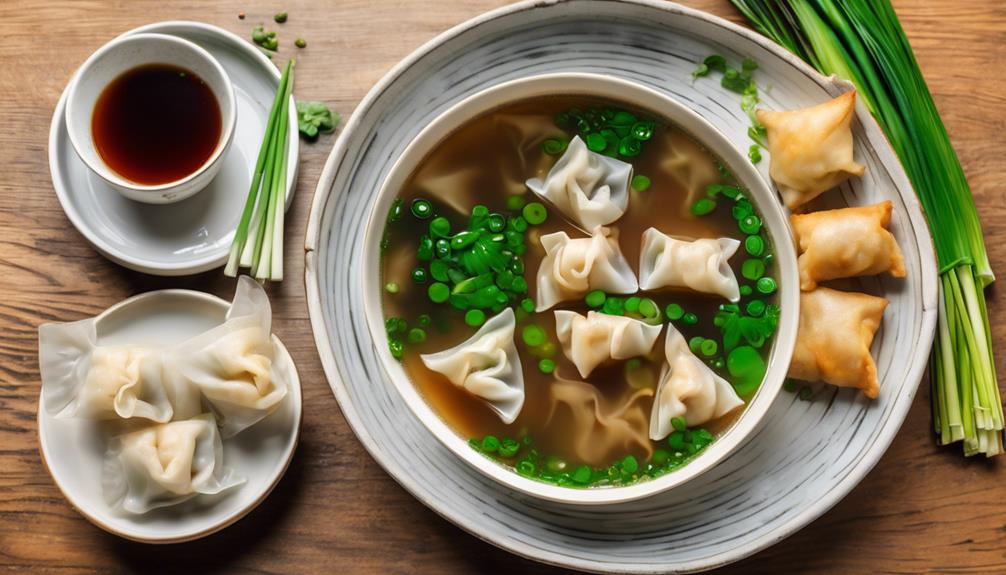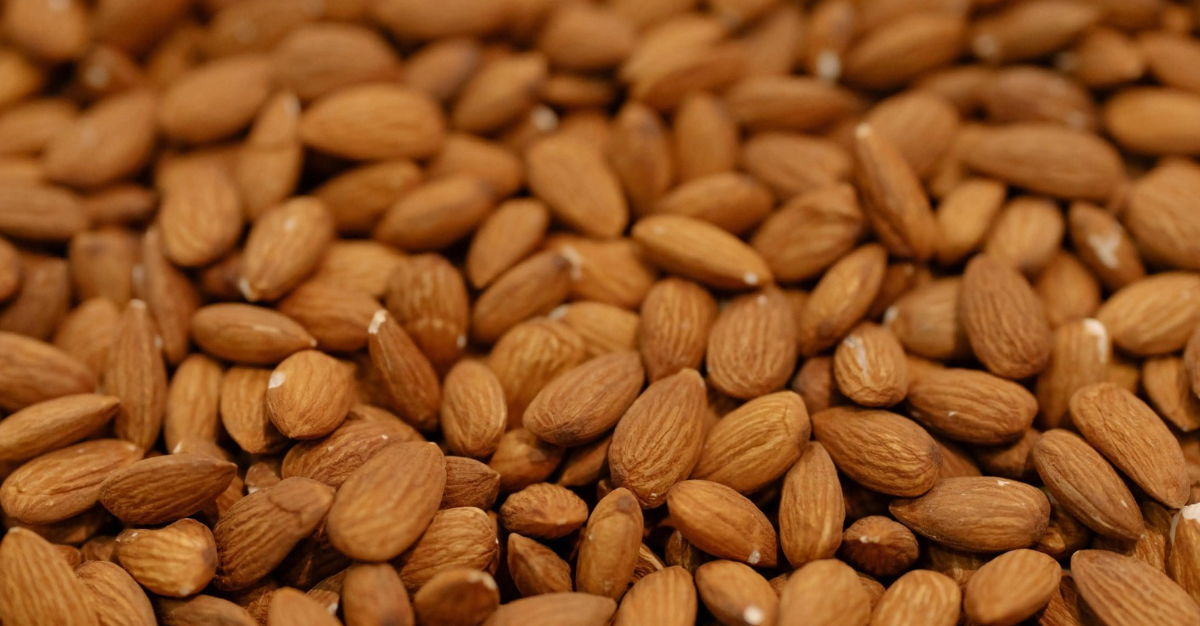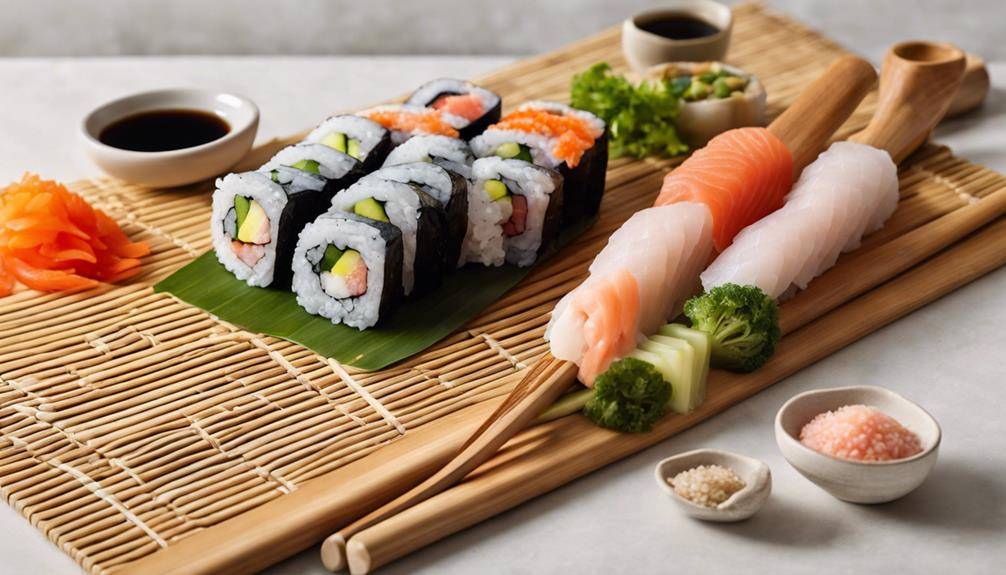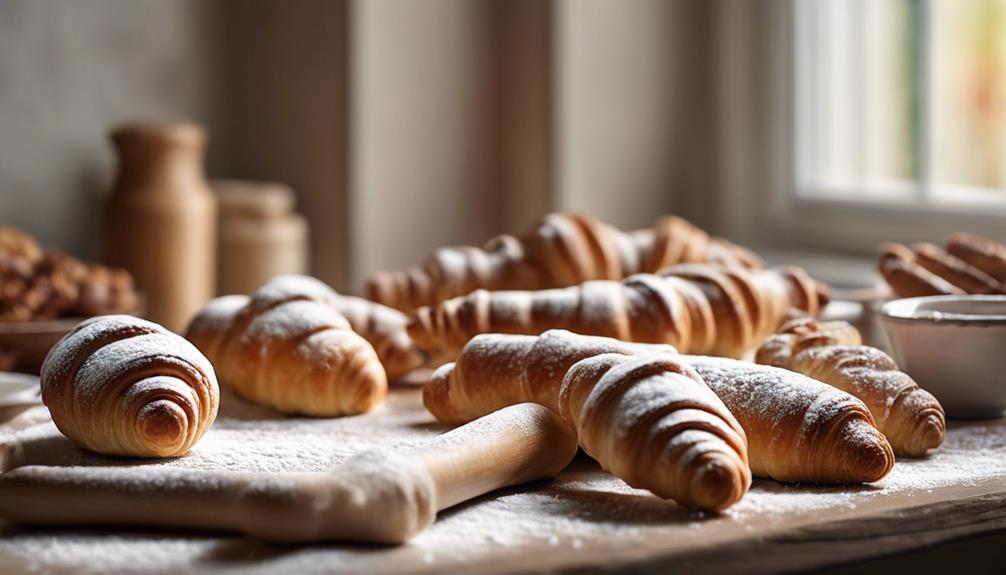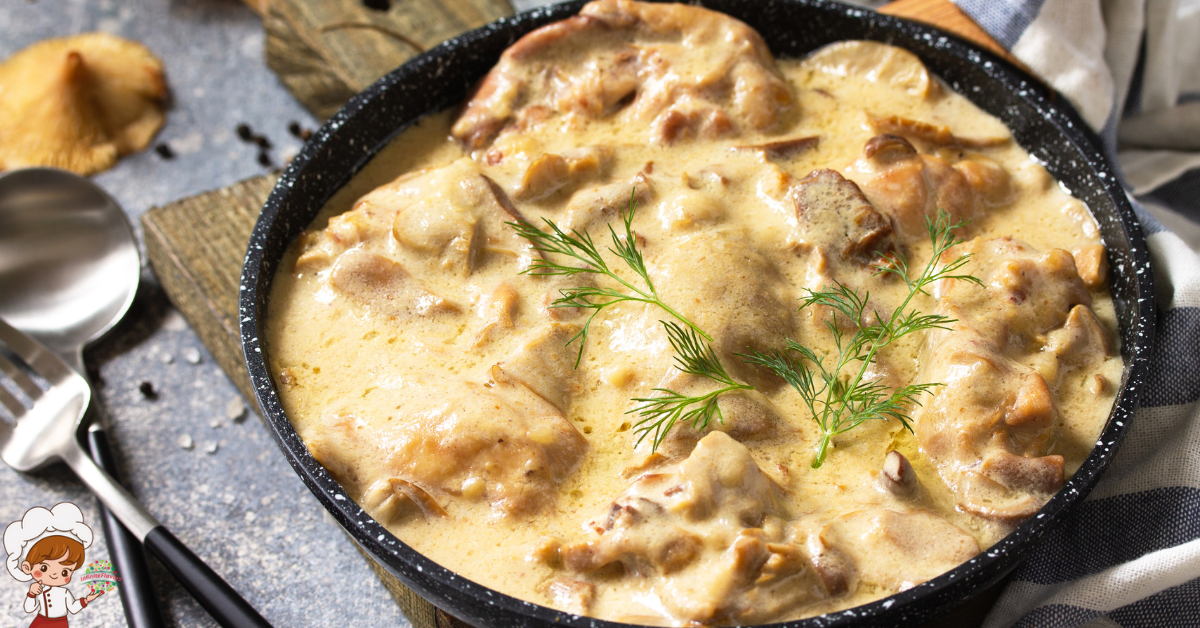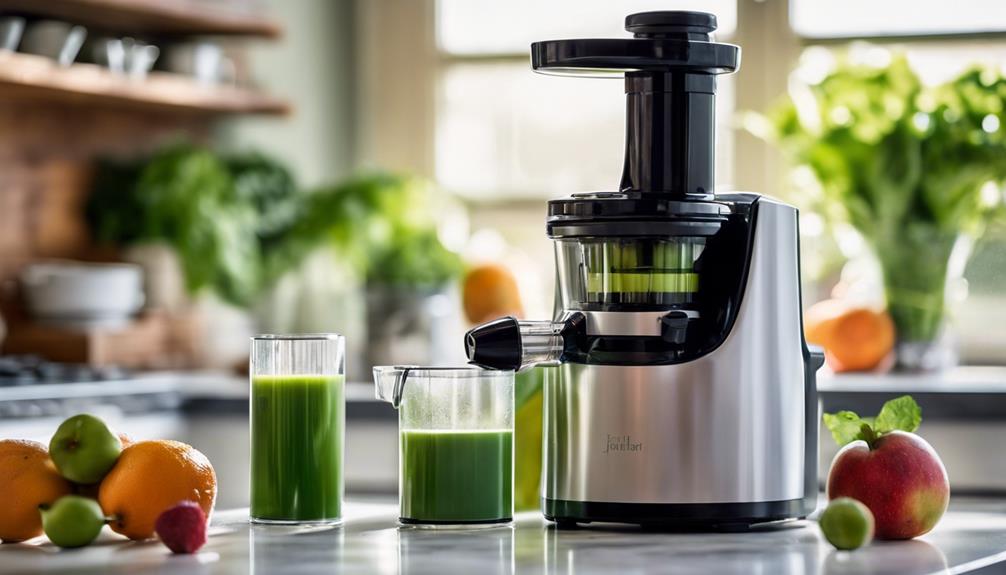The Best German Classic Sauerbraten (Pot Roast)
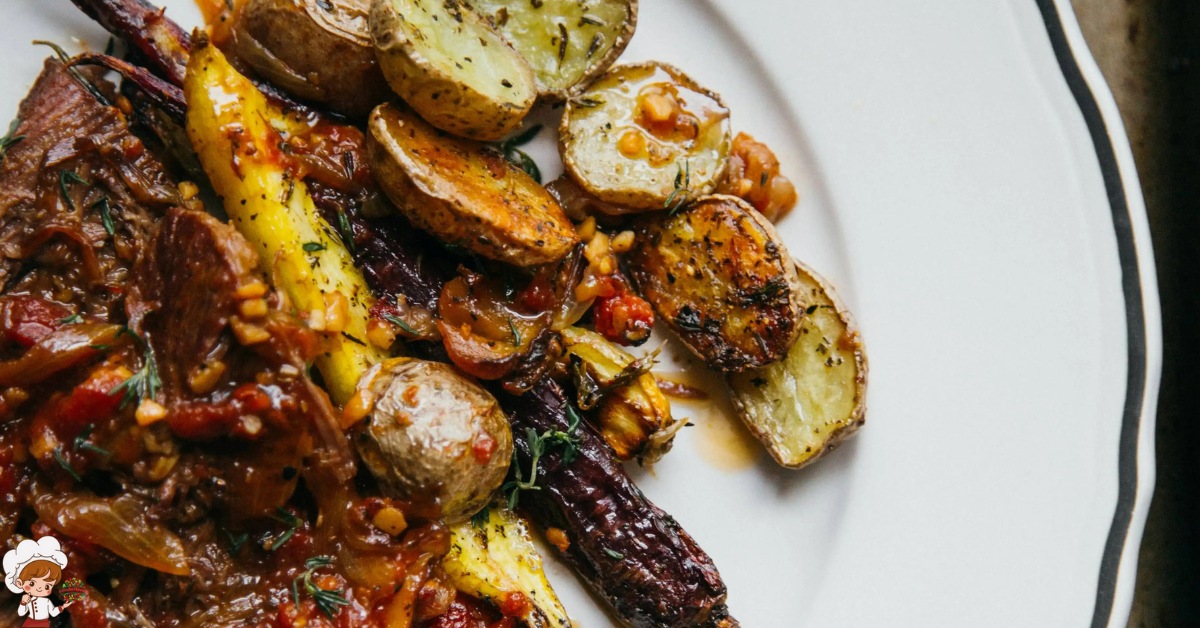
Sauerbraten; The roots of Germany’s Sauerbraten, a delectable pot roast, delve deep into the country’s rich culinary history. This beloved dish, characterized by its tender meat, tangy marinade, and hearty sides, has graced German tables for centuries.
Origins in German Culinary Heritage: A Culinary Journey Through Time
The origins of Germany’s iconic Sauerbraten delve deep into the annals of German culinary heritage, creating a fascinating narrative that weaves together tradition, resourcefulness, and the artistry of preserving and transforming meat.
Centuries ago, in medieval Germany, people faced the challenge of preserving meat, especially during the colder months when fresh supplies were scarce. It was during this era that the foundations of Sauerbraten were laid. The need to extend the shelf life of meat gave rise to marinating techniques, and over time, this practice evolved into a culinary tradition.
The distinctive marinade, a key component of Sauerbraten’s charm, consists of a carefully curated blend of vinegar, water, aromatic spices, and an array of herbs. This concoction not only served the practical purpose of preserving the meat but also imparted a unique and rich flavor profile. The marination process became a culinary art form, elevating Sauerbraten to more than just a meal; it became a reflection of ingenuity and a testament to the resourcefulness of the German people.
As the dish traversed through history, it became synonymous with festive occasions and celebratory gatherings. Families would come together around the dinner table to enjoy the fruits of meticulous marination and slow cooking. The preparation of Sauerbraten became a ritual, passed down through generations, fostering a sense of connection to the past.
In essence, the origins of Sauerbraten in German culinary heritage encapsulate not only a solution to the practical challenges of the time but also the emergence of a culinary masterpiece. The dish’s journey through history mirrors the resilience, creativity, and culinary expertise of the German people, making it a cherished part of the nation’s gastronomic legacy.
Traditional Preparation Techniques:
The heart of Sauerbraten lies in its distinctive marinade, typically made with a blend of vinegar, water, aromatic spices, and herbs. The meat, often beef or sometimes lamb, undergoes a lengthy marination process that imparts a unique flavor profile. After marinating, the meat is slow-cooked to perfection, resulting in a tender, succulent dish.
Cultural Significance:
Sauerbraten is more than just a meal; it is a cultural icon representing German culinary prowess. Often served with sides like red cabbage, potato dumplings, or noodles, it embodies the essence of hearty, comforting German cuisine. Families gather around the table to enjoy this dish during festive celebrations and important gatherings, making it a cherished part of German culinary traditions.
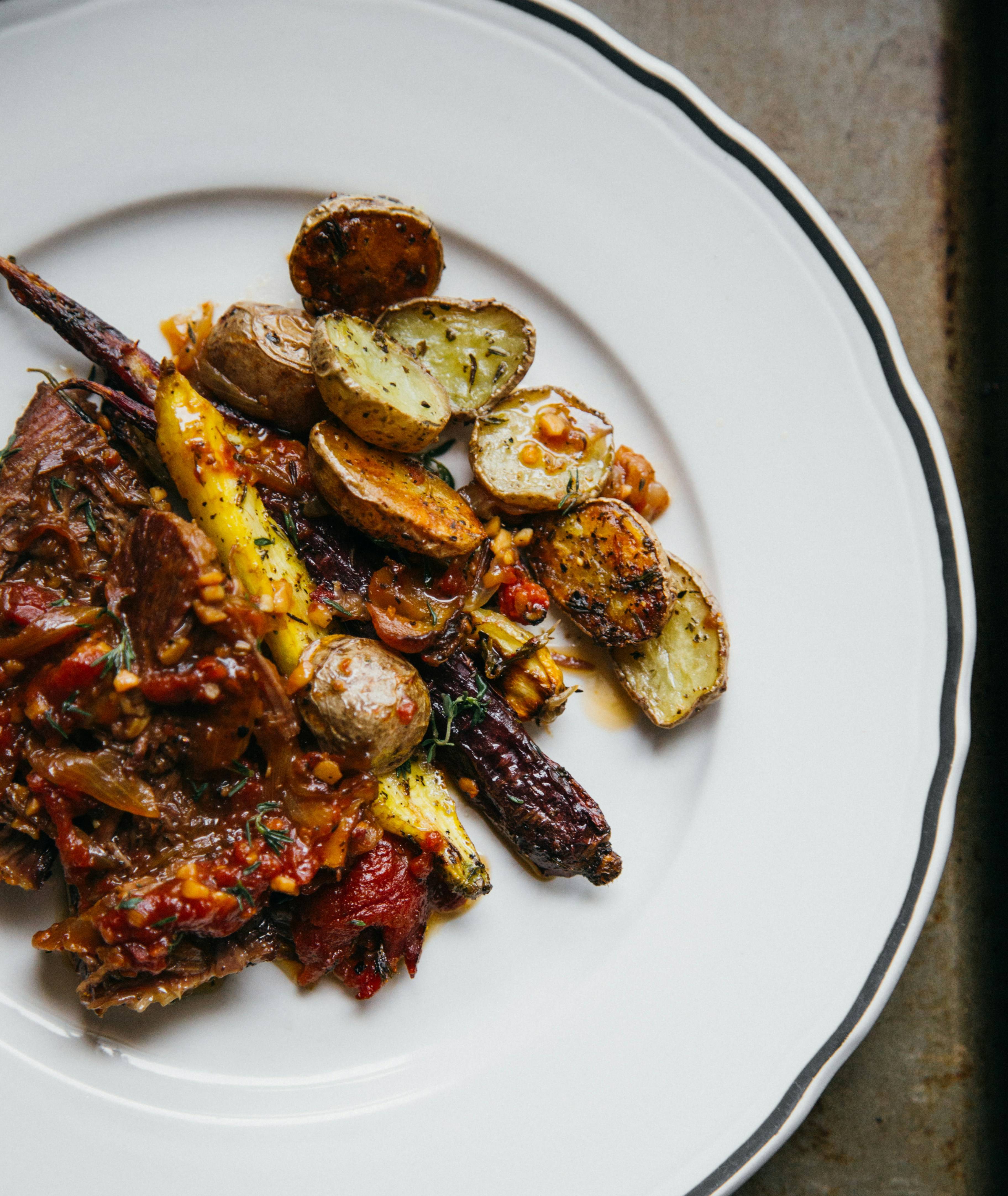
Germany: Sauerbraten (Pot roast)
Ingredients
- 3 to 4 pounds beef roast chuck or bottom round
- 2 large onions sliced
- 2 large carrots peeled and chopped
- 2 celery stalks chopped
- 4 cloves garlic minced
- 10-12 whole cloves
- 2 bay leaves
- 1 teaspoon black peppercorns
- 1 cup red wine vinegar
- 2 cups beef broth
- 1 cup water
- 1/2 cup red wine
- 1/4 cup sugar
- 1/4 cup all-purpose flour
- Salt and pepper to taste
- 3 tablespoons vegetable oil
Instructions
- For the Marinade:
- In a large bowl, combine sliced onions, chopped carrots, chopped celery, minced garlic, whole cloves, bay leaves, black peppercorns, red wine vinegar, and red wine.
- Place the beef roast in the marinade, ensuring it is fully submerged. Cover and refrigerate for at least 24 to 48 hours, turning the meat occasionally.
- Cooking Instructions:
- Remove the beef roast from the marinade, reserving the marinade and aromatics. Pat the meat dry with paper towels and season it with salt and pepper.
- In a large Dutch oven or heavy-bottomed pot, heat vegetable oil over medium-high heat. Brown the beef roast on all sides, creating a nice sear.
- Add the reserved onions, carrots, celery, and garlic from the marinade to the pot. Cook for 5-7 minutes until the vegetables are softened.
- Sprinkle flour over the vegetables and meat. Stir well to combine, creating a roux.
- Pour in the reserved marinade, beef broth, water, red wine, and sugar. Stir to combine, making sure there are no lumps.
- Bring the mixture to a boil, then reduce the heat to low. Cover the pot and simmer for 2 to 3 hours or until the meat is tender. You can also transfer the pot to a preheated oven at 325°F (163°C).
- Once cooked, remove the beef roast from the pot and let it rest for a few minutes before slicing.
- Optionally, strain the cooking liquid and vegetables to create a smooth sauce.
- Serve the sliced pot roast with the sauce and your choice of side dishes.
Sauerbraten: Conclusion:
In tracing the rich tapestry of Germany’s culinary heritage through the lens of Sauerbraten, we find ourselves immersed in a story that transcends time. The evolution of this pot roast, born out of necessity and shaped by centuries of tradition, stands as a testament to the resilience and ingenuity of the German people.
As we conclude our journey through the origins of Sauerbraten, we recognize it not merely as a dish but as a culinary legacy etched into the heart of German culture. The marinade, a carefully crafted alchemy of vinegar, spices, and herbs, is a living archive of historical flavors, echoing the resourcefulness of generations past.
Sauerbraten’s enduring appeal lies not only in its delectable taste but in the stories it carries—of family gatherings, festive celebrations, and the passing down of culinary wisdom from one generation to the next. Each tender bite is a connection to the past, a reminder of the craftsmanship that transformed a simple pot roast into a symbol of German culinary excellence.
In the modern era, as Sauerbraten graces tables around the world, it continues to bridge the gap between tradition and innovation. Its journey from preservation necessity to gastronomic delight mirrors the dynamic nature of culinary arts, where adaptation and creativity converge to create timeless masterpieces.
So, as we savor the flavors of Sauerbraten, let us not only relish the delectable melding of spices but also pay homage to the culinary artisans who, through their craft, have woven this dish into the fabric of Germany’s gastronomic identity. Sauerbraten’s legacy endures, inviting us to partake in a taste of history and celebrate the artistry that defines German culinary heritage.



